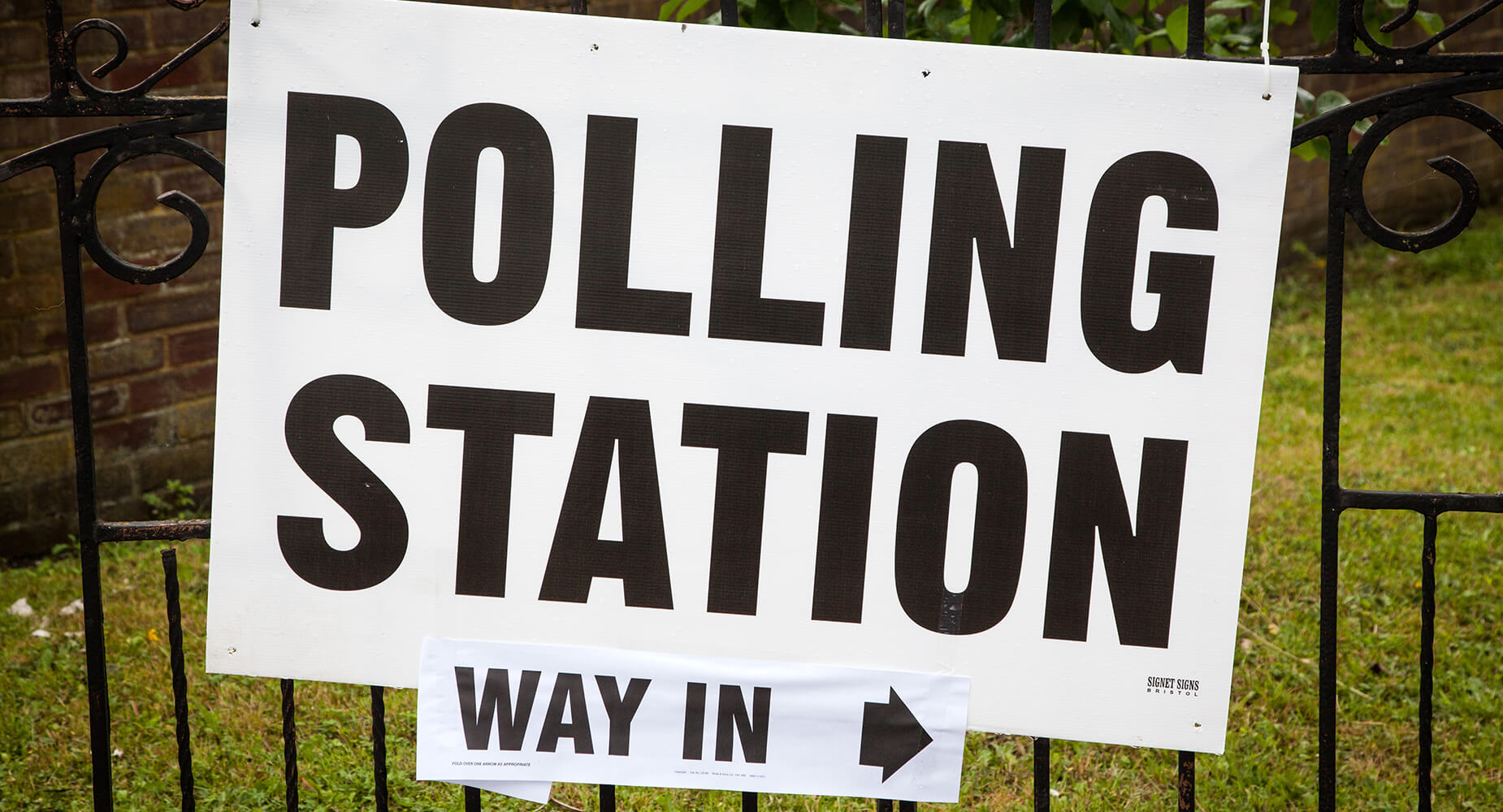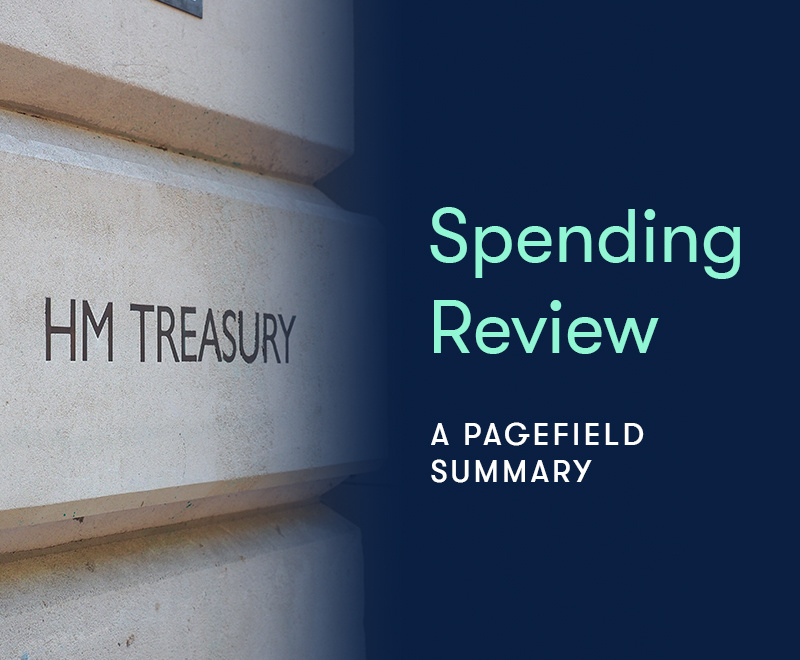Millions of voters are set to enter the polling booths on Thursday 6 May for the UK’s local and regional elections. This will be the first major contest between Boris Johnson’s Conservatives and Sir Keir Starmer’s Labour Party, and there is lots to play for. Dubbed “Super Thursday” – due to the sheer size of this year’s elections – more than half of the 5,000-odd seats up for grabs were meant to be contested in 2020 but postponed due to the pandemic.
Labour has an in-built advantage
Labour will be hoping to regain a swathe of seats it lost in 2017 when the Tories surged to victory, benefitting from the demise of UKIP. This time round, a large proportion of the battlegrounds are in traditionally Labour-leaning areas. Similarly, Sadiq Khan and Andy Burnham – Labour’s poster boys for the mayoral elections – are both set to comfortably retain their leadership in London and Manchester, respectively.
For the Conservatives, the Prime Minister has suffered weeks of calamity in the lead up to the elections. From “cash for curtains” to the mobile phone leak, Cabinet Ministers are worried that these fiascos could heavily impact the Conservatives’ chances. However, the polls are offering a very different view.
Polls look good for Boris
YouGov has put Labour on course to lose dozens of seats in former ‘Red Wall’ councils to the Conservatives and, on Monday, another pollster anticipated a Tory victory in the Hartlepool by-election. This would be a devastating loss for the Opposition who have held the seat since its creation in 1974.
Amanda Milling, co-chairman of the Conservative Party, said voters care more about whether bins are being emptied than who has paid for Boris Johnson’s refurbishments. In Hartlepool on Thursday, we will see if this is the case.
Speaking ahead of the elections, Starmer said he would “take full responsibility” for the results. With growing pressure on the Labour leader to mobilise a forceful opposition, he will be holding his breath as the votes are counted.
An easy SNP victory?
In Scotland, the question is not if the SNP will win but by what margin. The nationalists would hope to regain the outright majority they lost in 2016 but with polling on a knife-edge, there is every chance that they will need to team up with the independence supporting Scottish Greens who are on course for their best-ever performance to get over the line. We will also find out in the coming days whether Alex Salmond’s return to the political stage has been to the benefit or detriment of the nationalist cause.
For the unionist parties, the objective is to maximise their vote and do their best to deny the SNP that outright majority, and with it, the ammunition for a tilt at a second independence referendum. While the Scottish Tories look set to remain the largest opposition party, it is the new Labour leader Anas Sarwar who has been credited with having the strongest campaign.
Can Wales stay red?
Wales will also be voting on Thursday. Labour’s Mark Drakeford looks set to be returned as First Minister but in the face of an upswing in Plaid Cymru support he, like Sturgeon, might be tasked with coalition building once the votes are counted.
The Northern Ireland factor
Though voters aren’t going to the polls in Northern Ireland, the group of MPs and MLAs which constitutes the Democratic Unionist Party’s electorate are preparing for the leadership election to replace Arlene Foster. The contest, between the hard-line Edwin Poots and the comparatively liberal Sir Jeffrey Donaldson, will have profound consequences for Northern Ireland’s internal dynamic and Belfast’s relations with London, Dublin and Brussels, especially if Poots wins.
By Cameron Macindoe



